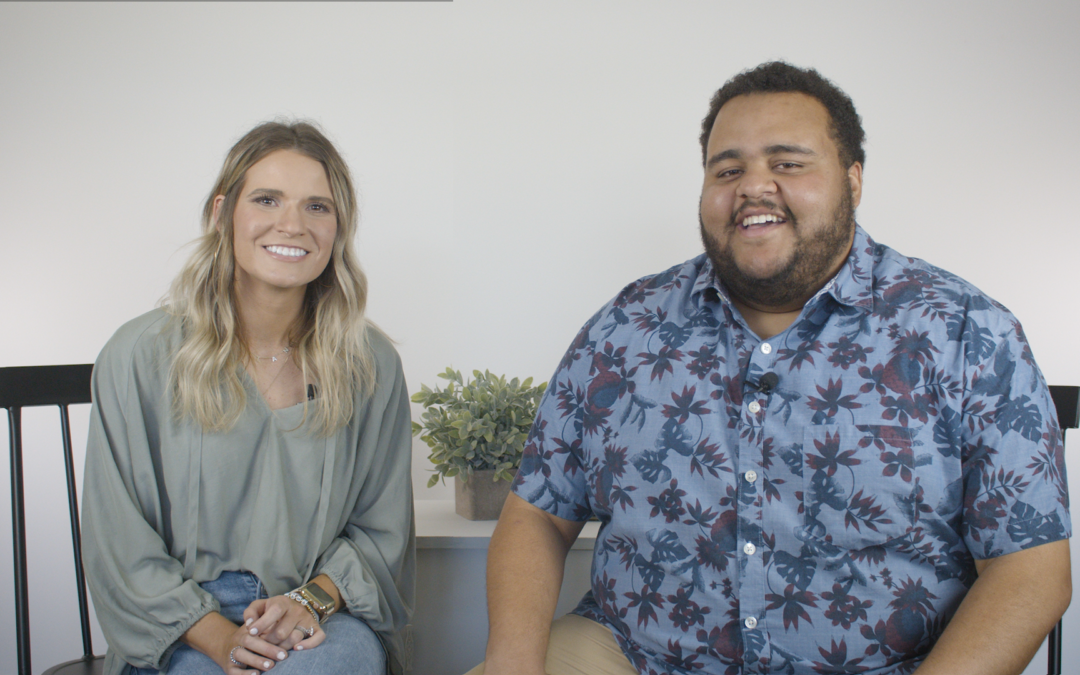
by daron | Jun 19, 2023 | Digital Marketing, Videography
In today’s digital landscape, marketing a YouTube channel effectively has become crucial for businesses and content creators alike. YouTube has a large user base and many advertising opportunities. This makes it an ideal platform to promote your channel and...

by Amy | Sep 24, 2020 | Traditional Marketing, Videography
Originality This harkens back to creating empathy and being genuine. Being original can be challenging, but the key to originality goes back to what we covered in the Week 1 section. Find out who you are, what you do, and be unequivocally that. There’s an old...

by Amy | Sep 9, 2020 | Traditional Marketing, Videography
LEVERAGING WHAT YOU PROVIDE – YOUR PRODUCTS & SERVICE A powerful aspect of video is the way it can illustrate and showcase what you provide to people in a way that allows them to quickly see the benefits and value of that product or service. Video gives you...

by Amy | Sep 8, 2020 | Publications, SEO Strategy, Traditional Marketing, Videography
EMPATHY (COGNITIVE, EMOTIONAL, COMPASSIONATE) Do you care about the people your actions affect? Of course you do! Actions are what show people who you are and what it is you’re made of. You can help people relate to you by showing people who you are. One thing...

by Amy | Sep 1, 2020 | Photography, Videography
If you’ve ever taken a class on just about any kind of writing, you’re sure to have heard the words ‘show, don’t tell.’ When it comes to writing, it’s important to let people come to their own conclusions about the actions your characters are taking – instead of...






